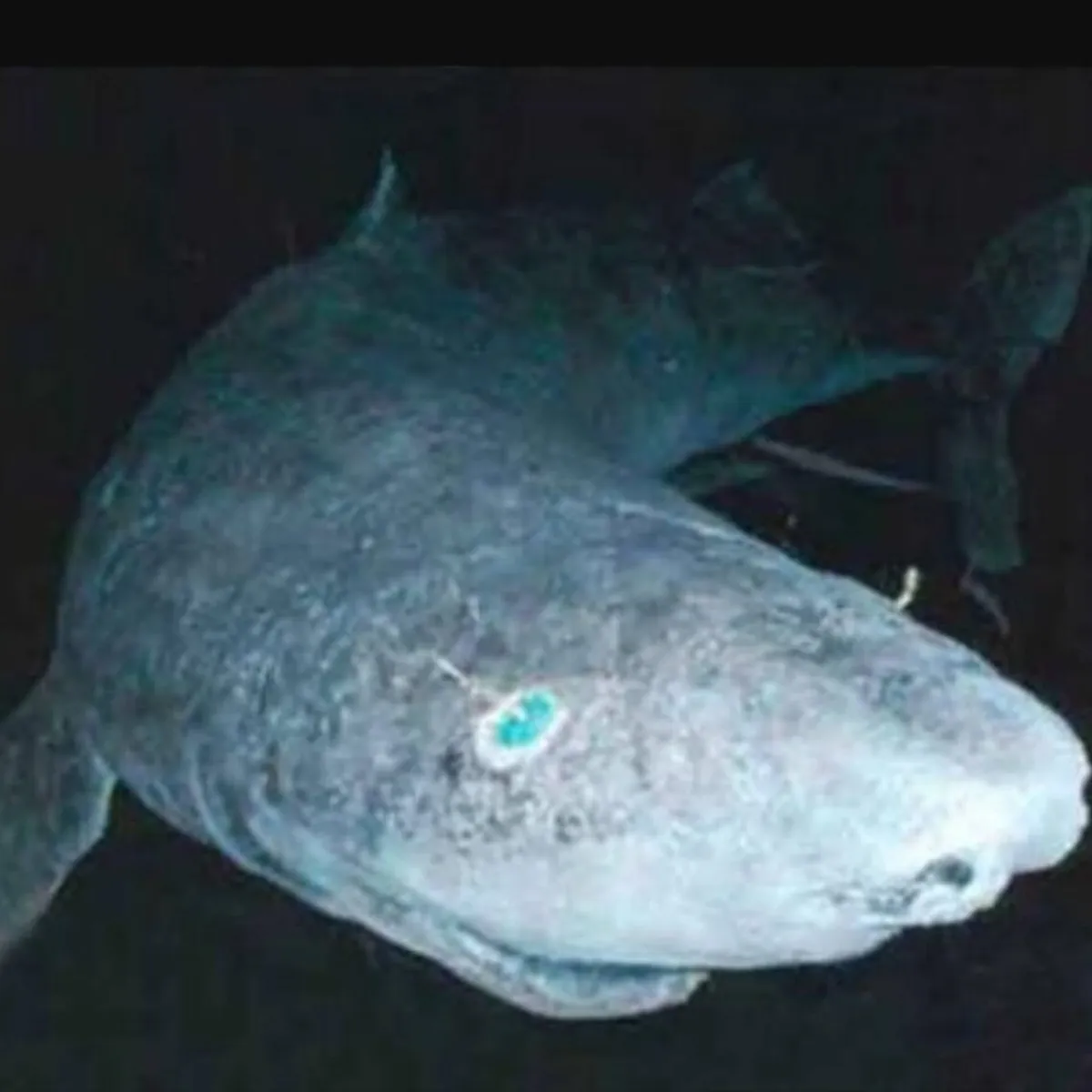She doesn’t look a day over 299!
This 400-Year-Old Shark Could Wildly Change Anti-Aging Science

Getting older doesn’t have to be a bad thing, but plenty of people would be eager to know how to slow down the process and perhaps add a few years into the mix. That’s why we all should be as excited as the scientists who are currently studying the Greenland shark. As strange as that might sound (although, really, is it any weirder than anti-aging gin or collagen candy?), the creatures which we now know can live up to 400 years (!!!) could wildly change science and even give us a “cure” for aging.
Little is actually known about this animal that lives in the deep cold waters of the North Atlantic, which is a dire situation according to Kevin Perrott, a scientist at the Buck Institute for Research on Aging and co-founder of SENS Research Foundation. By failing to study these animals properly “we run the risk of forever losing the opportunity to study organisms with insight into humanity’s most pressing medical challenge, the aging process.”
View this post on InstagramA post shared by Emmy (@glowemmyglow) on
The studies that have been done on Greenland sharks reveal that the creature, who grows less than a centimeter per year on average, “tells us that natural selection has successfully produced a species capable of avoiding or delaying diseases such as cancer or neurological disorders, for far longer time periods than humans are now capable of living,” according to Jay Olshansky, an expert on longevity and aging at the University of Chicago.
And though this may sound like a huge leap forward in turning back the aging clock, gerontologist and anti-aging expert Aubrey de Gray wants us to remember that sharks do not equal humans. “We must remember that … these sharks may not have any new tricks applicable to us, even though they outlive us by such a wide margin.” Not wanting to be a total buzzkill, he added, “But, they may! So we should definitely study them more.”
Would you want the ability to reverse the aging process or no thanks? Tweet us @britandco!
(h/t Gizmodo; photos via NOAA Okeanos Explorer Program/public domain)

















